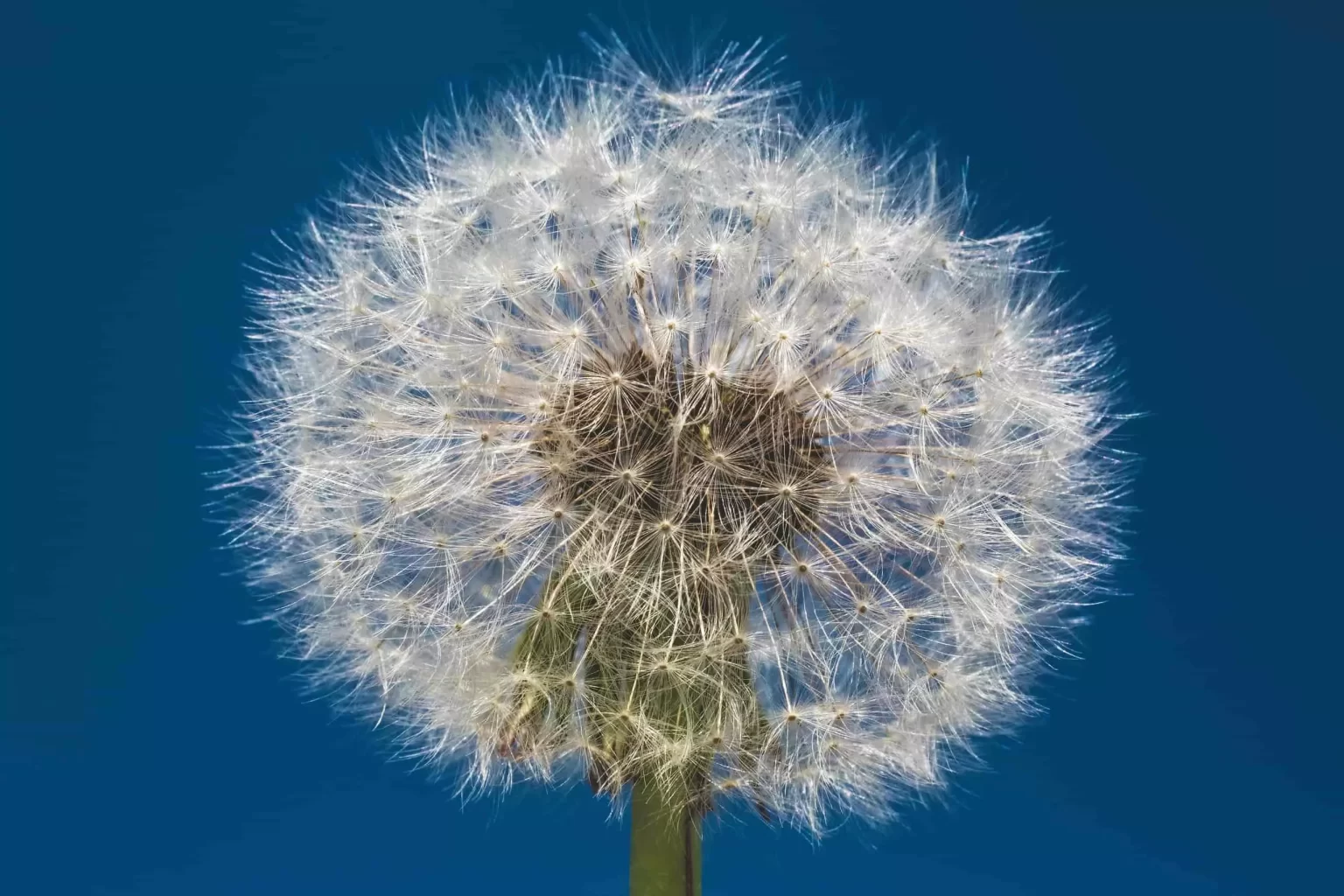Pollen, Flower pollen, or microspore is an immense source of minerals and trace elements. It is used in toning and stimulating the immune system.
But what are its virtues on our health?
We invite you to discover everything about this natural component (Pollen) that nature offers us.
There are two types: anemophilous microspore, which is carried by the wind and is allergenic. As well as the entomophilous pollen which is transported to it by bees.
Anemophilous and entomophilous microspore:
Anemophilous pollen leads to a greater risk of allergies because the plant grains are smaller and more numerous. Easily transported in the atmosphere, they, therefore, penetrate deeper into the respiratory tract. In addition, it is less nutritious and lighter. It does not have the same composition as entomophilous pollen.
Regarding the entomophilous type, they do not cause allergies. Bees do not visit just any flowers and do not collect just any pollen. They meticulously select flowers that will provide them with the most micronutrients and that will be easily assimilated.
These insects forage to extract nectar which will then be mixed by the secretion of their salivary glands. During foraging, the bees form “little balls” called “balls of pollen” which are then transported to the hive to make honey. Each ball contains thousands of pollen grains.
How is pollen collected?
The pollen consumed by humans is the pellet carried by foraging bees (therefore entomophilous pollen). Many beekeepers harvest them using traps installed at the entrance to the hives. These are sorts of grids that will “catch” a few balls of pollen when the bees enter the hive.
The lost balls thus fall into a tray located in the lower part of the hatch. All that remains is to collect them (this makes it possible to recover around 10% of the pollen brought back to the hive by the bees).
The appearance and composition vary depending on the flower from which it comes. The natural presentation of pollen is in the form of multicolored grains. Indeed, the color can go from yellow to brown, or even from purple to black. The appearance of pollen is plural, its surface can be smooth or uneven depending on its mode of transport.
Contrary to a prior, all flowering plants produce microspores, but not all pollens are allergenic as we have seen previously.
Benefits and compositions:
These little balls are very beneficial for the body. Microspore appears rather as a source of vitamins, diastases, and remarkable organic catalysts provided you choose them well and use them in moderation. It contains carbohydrates, enzymes, lipids, and pro-biotics.
Its composition includes many major minerals and trace elements (calcium, iron, chlorine, copper, magnesium, phosphorus, potassium, selenium), and a large number of vitamins (depending on the floral origin of the pollen) of groups A, B (B1, B2, B3, B5, B6, B7, B8, B9, B12 or folic acid).
Its multiple properties are increasingly used in medicine, dietetics, and in the preparation of beauty creams.
The nutritional benefits of microspores are numerous:
- Facilitates digestion: one of its benefits is its probiotic power. Its enzymes help the body assimilate as many nutrients as possible from food.
- Stimulates the immune system: microspore has properties similar to antibiotics. It is also rich in antioxidants which reduce cell oxidation.
- Soothes skin disorders: it helps treat skin inflammation and irritation, such as psoriasis and eczema. It also prevents premature graying and maintains the beauty of hair and nails.
- Improves physical performance: microspore provides tone and vitality, and its content of carbohydrates, proteins, and group B vitamins stimulates the body and effectively fights against asthenia. That is to say intellectual and moral fatigue. It will manage to revitalize the body and ensure the balance of the nervous system. Highly recommended during repeated anxiety or mild depression.
Uses and Dosages:
It is recommended to do 2 to 3 cures per year, especially during the change of seasons. Mainly in spring and autumn when the body is subject to major changes such as winter infections, changes in summer/winter hours, or spring allergies.
As part of a classic cure and to feel the benefits of microspores, it is recommended to take 20 grams per day as a cure for 1 to 3 months, preferably in the morning. Two spoonfuls of microspores per day are the ideal gesture to adopt to ensure good health. It is also possible to eat it fresh and dry directly without diluting it.
However, its taste is quite strong when consumed in natural balls. If your mind, it can be used as a sweetener and blends perfectly into smoothies, mueslis, or other breakfasts. The perfect recipe is consumption with fruits. This maximizes its potential.
Importantly, you have to wait a few moments when diluted to allow the nutrient content to release. When it leaves small yellow streaks, it means that the microspore is ready.
All nutrition specialists are unanimous about the benefits of pollen consumption.
Precaution while using Pollen plant:
Children under 12 are not recommended microspore without a doctor’s permission. Finally, it has no side effects or contraindications (except in the case of renal failure).
You have to be careful in case of allergy to pollen (even if as seen above, this pollen is different from allergic pollen).
In the application of the precautionary principle, it is preferable to start a cure with reduced doses and to monitor its reactions. The use and dosages mentioned here are only given as a guide.
To conclude, just like honey, pollen is beneficial to health, it can be consumed in different forms. It contains 20 of the 27 amino acids essential to the body. It is a good product to help us deal with the ills of our society and is natural.




